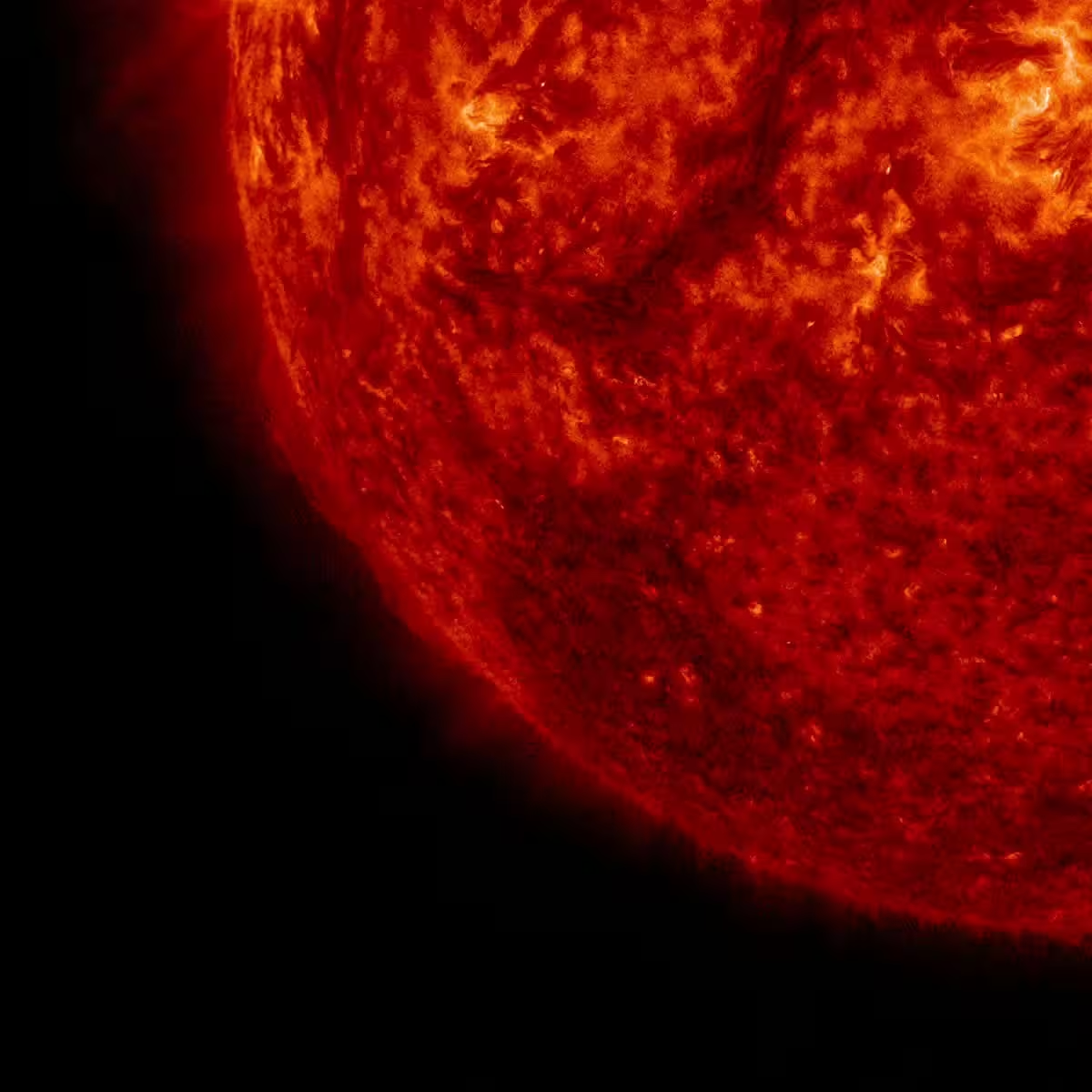4 Minutes
Solar rain and the mystery of rapid coronal downpours
Researchers at the University of Hawai‘i Institute for Astronomy have identified the mechanism that allows cooler, denser blobs of plasma—often called coronal or solar rain—to form and fall through the Sun’s outer atmosphere in minutes during solar flares. Unlike terrestrial rain, solar rain occurs in the corona, a blazing layer of ionized gas (plasma) that extends millions of kilometers above the solar surface. Plasma in the corona normally reaches temperatures of millions of degrees, yet denser, much cooler condensations sometimes appear and plunge back toward the Sun. For decades, models struggled to reproduce how these condensations could develop so quickly during brief flare events.
New explanation: changing elemental abundances drive fast cooling
First-year graduate student Luke Benavitz and astronomer Jeffrey Reep at IfA published a study in the Astrophysical Journal demonstrating that time-dependent changes in elemental abundances—especially elements like iron—can accelerate radiative cooling and allow coronal rain to form on flare timescales. Previous models assumed a fixed elemental composition across the corona and over time. When Benavitz and Reep modified models to let abundances evolve during heating and cooling, the simulations reproduced observed rapid condensation and rainfall.

Bright solar eruption captured in space.
How composition affects cooling
Elements heavier than hydrogen and helium emit radiation efficiently at certain temperatures. Increasing the local abundance of such elements raises the plasma’s radiative losses, shortening the cooling time and permitting dense condensations to form quickly. In solar flares—events that inject large amounts of energy into coronal loops—this effect can produce condensations within minutes rather than the hours or days predicted by fixed-abundance models.
Scientific context and implications for solar physics
This discovery affects several key areas of solar and heliospheric research. Coronal heating remains one of solar physics’ central problems: researchers infer heating processes indirectly from how plasma cools. If cooling rates have been systematically overestimated because models held elemental abundances constant, then many inferences about heating mechanisms must be revisited. The new work compels modelers to include dynamic abundance changes when simulating flare loops, coronal rain, and energy transport in the solar atmosphere.
Benavitz summarized the result as an important model update: 'At present, models assume that the distribution of various elements in the corona is constant throughout space and time, which clearly isn't the case. It’s exciting to see that when we allow elements like iron to change with time, the models finally match what we actually observe on the Sun.' Reep added that the correction could shorten inferred cooling times and prompt a reexamination of coronal heating theories.
Broader impacts: space weather and future research
Improved models of flare dynamics and coronal rain will refine predictions of solar activity and space weather, which can affect satellite operations, communications, and power systems on Earth. The study also opens new observational questions: how do elemental abundances change in time and space during flares, and what transport processes drive those changes? Future work will link spectroscopic observations, high-resolution imaging from solar observatories, and updated simulations to map abundance evolution in flare loops and active regions.
Conclusion
The University of Hawai‘i team's findings provide a clear and testable mechanism for rapid coronal rain: time-varying elemental abundances raise radiative losses and speed cooling, enabling condensations to form during short-lived flares. This insight refines our physical picture of the solar atmosphere, improves flare and space-weather models, and prompts a reassessment of coronal heating diagnostics. The next steps include targeted observations to measure abundance changes during flares and integration of these effects into broader heliophysics modeling efforts.
Source: scitechdaily


Leave a Comment